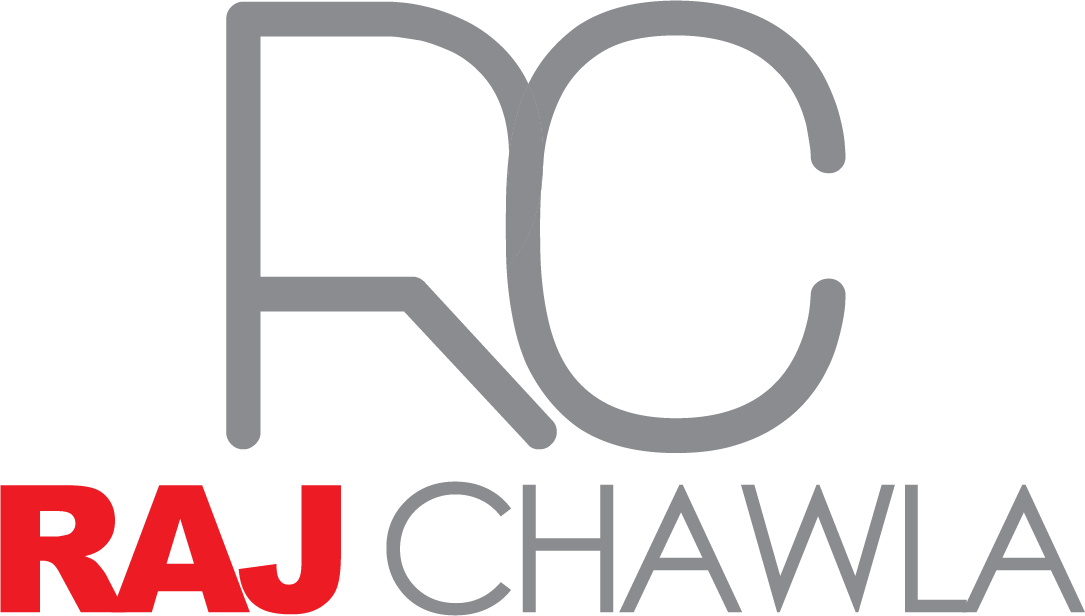Government emphasises spending to bolster economic recovery underway. IN BRIEF $106.6 billion deficit with net debt to peak at $980.6...
Read MoreMore than 2.3 million Australians anxiously withdrew up to $10,000 of their own money last financial year, with more expected to do so again in this one. However, despite waving these transactions through, the ATO is now threatening to recoup ineligible ones through taxes and heavy fines, having done little due diligence in the first place.
Early comparisons to the governments unlawful robo-debt scandal are already being made, as many are left scratching their heads over who should ultimately be penalised.
Some Australians admit they did the wrong thing, others say they have found themselves in the tax office’s crosshairs through no fault of their own.
These are the people who now fear they will become collateral damage in a scheme that was deeply flawed from the beginning
When the scheme lowered the drawbridge on a heavily-fortified $3 trillion nest egg, many Australians didn’t realise quite how hastily it had been done.
Susan, a 32-year-old teacher, was one of them. As concerns around COVID-19 grew, she became “nervous and scared” she and her partner would lose their jobs and be unable to pay back around $6,000 worth of debt they owed on credit cards and to buy now pay later companies like Zip.
While she wasn’t quite sure whether or not she qualified to withdraw super, she applied anyway, thinking the ATO would ultimately make the call.
“At the time, I thought that if I wasn’t eligible [they] would deny the claim and that would be that. But they approved it,” she told Business Insider Australia.
“I never heard directly from the ATO about it, and I 100% did not intend to gain access to my fund fraudulently.”
She, like many others, may have inadvertently done just that – not knowing that the ATO did almost no DD of its own to verify claims.
The ATO itself has done little to correct this idea. It sent out more than 2.3 million notifications to successful applicants which read: “After careful consideration, we’ve determined that you are eligible”.
The tax office doesn’t explain that this “careful consideration” only pertains to outright fraud and theft, with even its effectiveness on that front under question.
Having discovered they were never properly assessed, Susan and others are worried fines will put them in a worse financial position than when they started.
Peter, another recipient also used his withdrawal to pay off old debts, wishes the government had been more transparent about the process.
“If I had been told that the ATO wasn’t actually looking at applications but would be coming after you with a microscope after the fact, I wouldn’t have touched the money in the first place,” he said.
While it’s pretty straightforward to tell if you have a job or have been made redundant, not all of the government’s rules are so clear cut.
Meet Adrian, a crane operator, who took out $10,000 while temporarily laid off. While confident he didn’t break the rules as a registered JobSeeker, he’s now concerned he might be pushing it if he applies for a second instalment, as he balances a volatile workload with welfare.
“I have always declared my earnings, and in the last month have actually been earning good money and haven’t received a JobSeeker payment [as a result],” he said.
“But this week, both companies have gone cold with work and I’m not guaranteed any work from either of them. It is always uncertain. One week I can take home $1,800 and the next $0, without any guarantee.”
With unemployment rising in the construction sector. Adam wants to access another $10,000 so he can keep paying his bills if work dries up for good, but he doesn’t want to run afoul of the law or risk a fine.
The ATO has not published guidance on complex situations like Adrian’s. Instead, it recommends people reach out for help if they are unsure.
“They should seek the assistance of a tax professional or contact us to let us know,” a spokesperson said.
Government emphasises spending to bolster economic recovery underway. IN BRIEF $106.6 billion deficit with net debt to peak at $980.6...
Read MoreRegardless of how far off retirement is for you, it could be beneficial to regularly check that your finances are...
Read MoreThe amount of superannuation you should have is a culmination of the contributions made into your super account, fees deducted...
Read More